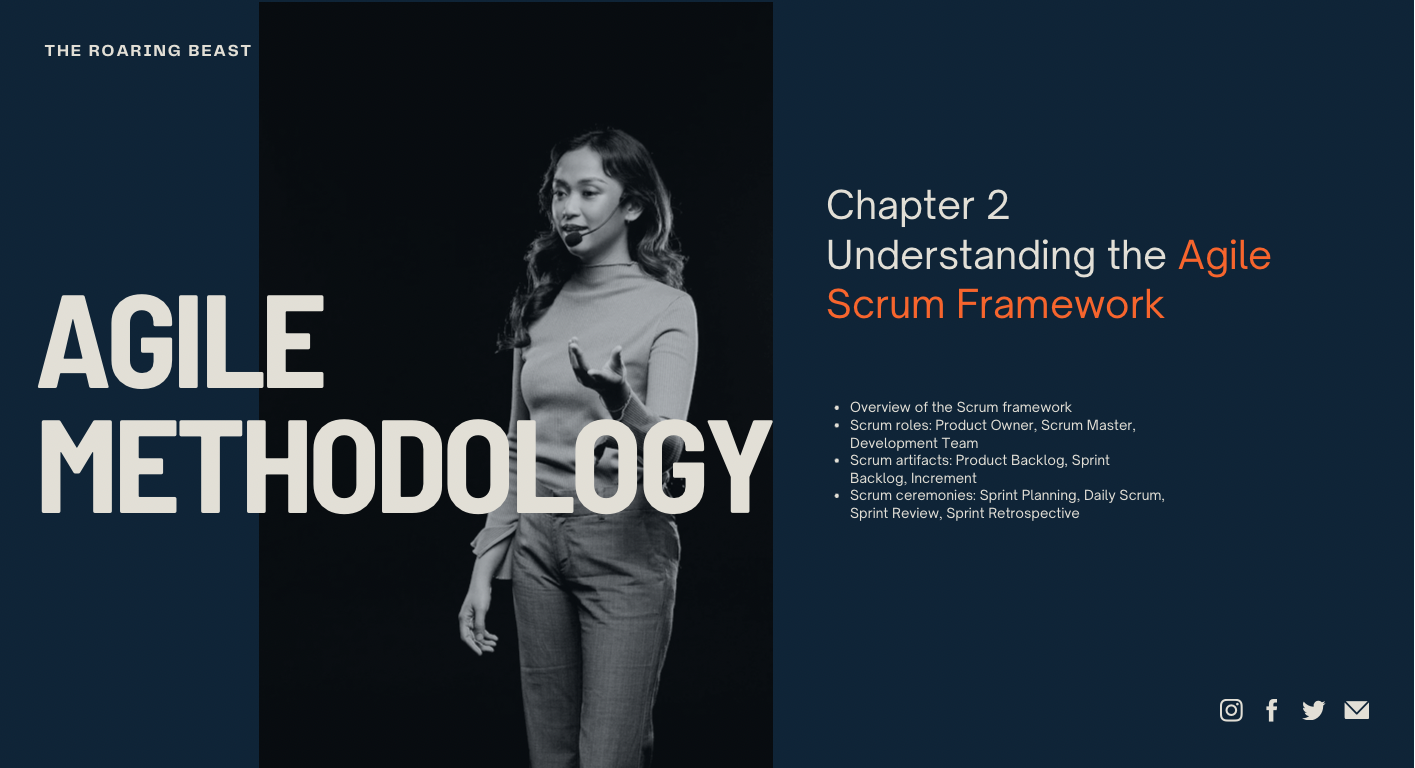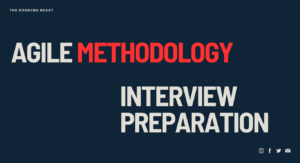In the Scrum framework, there are three key roles: the Product Owner, the Scrum Master, and the Development Team. Let’s explore each role in detail:
Product Owner:
The Product Owner represents the interests of stakeholders, customers, and users. Their primary responsibility is to maximize the value delivered by the Scrum Team. Key responsibilities of the Product Owner include:
- Defining and Prioritizing the Product Backlog: The Product Owner works with stakeholders to gather requirements and create and manage the Product Backlog—a prioritized list of features, enhancements, and bug fixes.
- Collaborating with Stakeholders: The Product Owner engages with stakeholders to understand their needs, gather feedback, and ensure that the product meets their expectations.
- Setting Sprint Goals: The Product Owner defines the goals and objectives for each sprint in collaboration with the Scrum Team during Sprint Planning.
- Accepting Work Results: The Product Owner accepts or rejects the completed work at the end of each sprint, ensuring that it meets the defined acceptance criteria and delivers value.
Scrum Master:
The Scrum Master is a servant leader and coach for the Scrum Team, ensuring that Scrum principles and practices are followed. Their primary responsibilities include:
- Facilitating the Scrum Process: The Scrum Master guides the Scrum Team in understanding and implementing Scrum principles, ceremonies, and values.
- Removing Impediments: The Scrum Master identifies and removes obstacles that hinder the team’s progress, enabling them to focus on delivering value.
- Facilitating Collaboration: The Scrum Master promotes effective collaboration within the team and with stakeholders, facilitating communication and fostering a productive work environment.
- Guiding Continuous Improvement: The Scrum Master supports the team in inspecting and adapting their processes through Sprint Retrospectives, encouraging continuous learning and improvement.
Development Team:
The Development Team consists of professionals who collaborate to deliver a potentially shippable product increment at the end of each sprint. Key characteristics and responsibilities of the Development Team include:
- Cross-Functional Skills: The Development Team possesses the necessary skills and expertise to complete the work required for the sprint, which may include analysis, design, development, testing, and any other skills necessary to deliver the product increment.
- Self-Organization: The Development Team self-organizes to determine how to accomplish the work, distribute tasks, and collaborate effectively to meet the sprint goals.
- Accountability for Delivery: The Development Team commits to delivering a potentially shippable product increment at the end of each sprint. They are responsible for estimating the effort required, managing the Sprint Backlog, and organizing their work to meet the commitments made during Sprint Planning.
The collaboration and synergy among the Product Owner, Scrum Master, and Development Team are essential for the success of the Scrum framework. Each role has distinct responsibilities, but they work together closely to ensure transparency, facilitate value delivery, and support the iterative and incremental development process.

